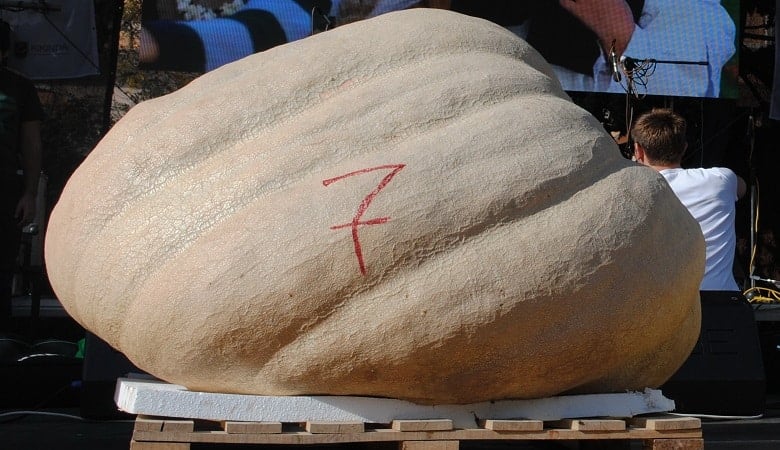The earth is home to many different organisms of different types. There are numerous organisms of different respect, and they vary in terms of size, reach, and mass.
With so many different organisms playing key roles in Earth’s ecological systems, you’ve probably wondered what the heaviest organisms on earth are.
This post will highlight 13 of the heaviest organisms on earth grouped by animals, plants and fungi, and what makes them so unique.
Plants
1. Quaking Aspen (Pando)

At 6,600 tons and 80,000 years old, Pando (consisting of 47,000 trees) could easily be the Earth’s heaviest living thing.
It’s a clonal colony of male trembling aspen trees that look extremely similar and possess identical genetic markers.
The trees are genetically identical, one single male quaking aspen (Populus tremuloides) that has spread to cover 106 acres of hillside.
2. Giant Sequoia
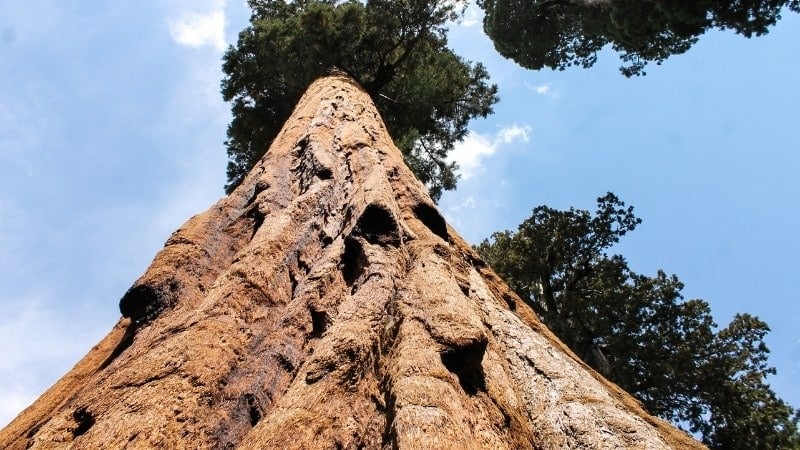
The largest single-stem tree by wood volume and mass is the giant sequoia, native to Sierra Nevada and California.
It typically grows to a height of 70–85 m (230–280 ft) and 5–7 m (16–23 ft) in diameter.
3. Neptune Grass
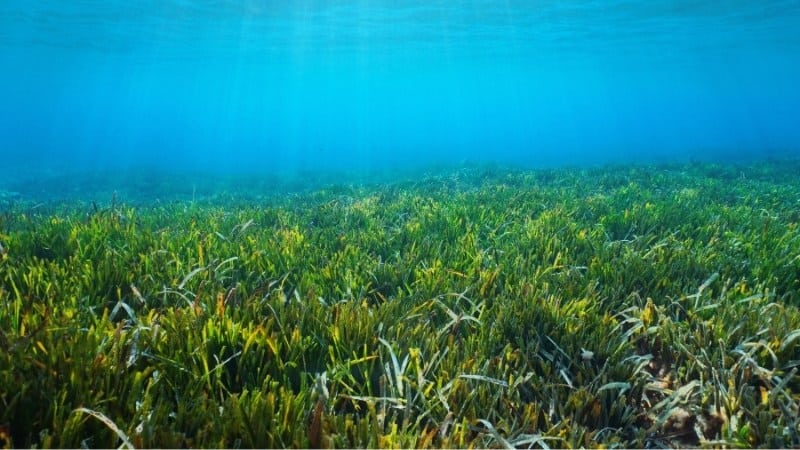
Posidonia Oceanica, also known as Neptune Grass is, is a seagrass species common to the Mediterranean Sea in Spain.
Its length is about 8 km (5 mi). It may also be the oldest living organism in the world, with an estimated age of 100,000 years.
4. Green Algae

Green algae are photosynthetic unicellular and multicellular protists related to land plants.
The thallus of the unicellular mermaid’s wineglass, Acetabularia, can grow to several inches (perhaps 0.1 to 0.2 m) in length.
The fronds of the similarly unicellular, and invasive Caulerpa taxifolia, can grow up to a foot (0.3 m) long.
Animals
5. Blue Whale
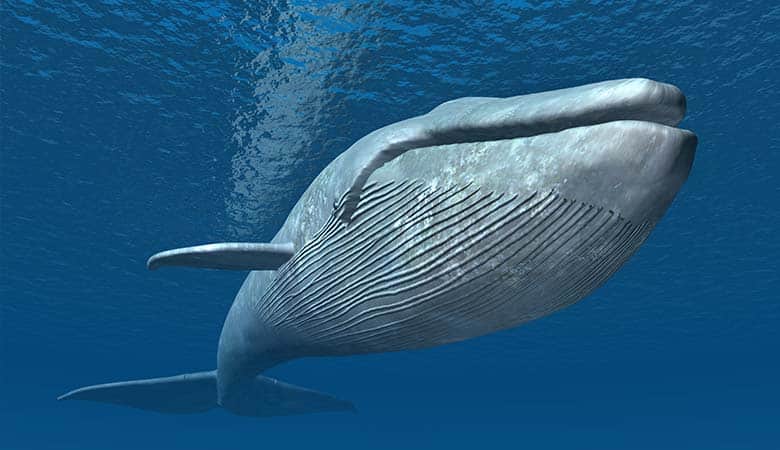
The blue whale is the largest animal to ever have lived on Earth. It can sometimes reach 29.9 meters (98 ft) and weigh up to 200 tons.
It has a heart the size of a full-size automobile, making it too big to be kept in captivity.
6. Whale Shark
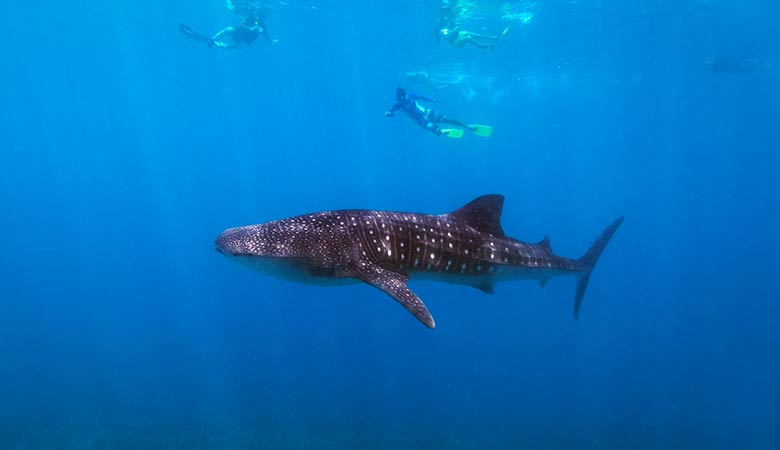
Reaching up to 56 feet long, the whale shark is the largest fish on the Earth.
It sports an impressive set of 300 teeth, but does not use them to eat–instead, it eats mainly plankton and other tiny types of marine life.
7. Colossal Squid

Occasionally referred to as the Antarctic squid or giant cranch squid, the colossal squid is the longest of all invertebrates (46 feet long).
While its cousin, the giant squid, can sometimes reach greater lengths and was once thought to be the largest, the colossal squid is heavier and more formidable.
8. African Bush Elephant
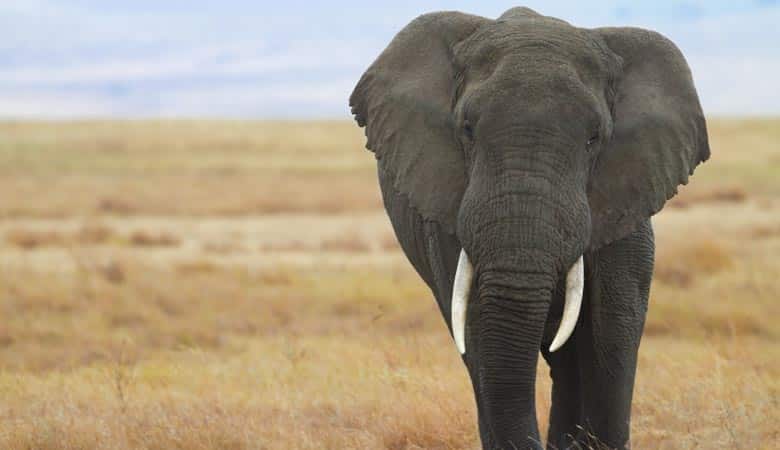
The African bush elephant is the largest land mammal on the Earth, reaching up to 13 feet tall at the shoulder, 35 feet long, and up to 7 tons in weight.
African elephants can also live up to 70 years, which is the longest life span of any other land mammal besides humans.
9. Saltwater Crocodile
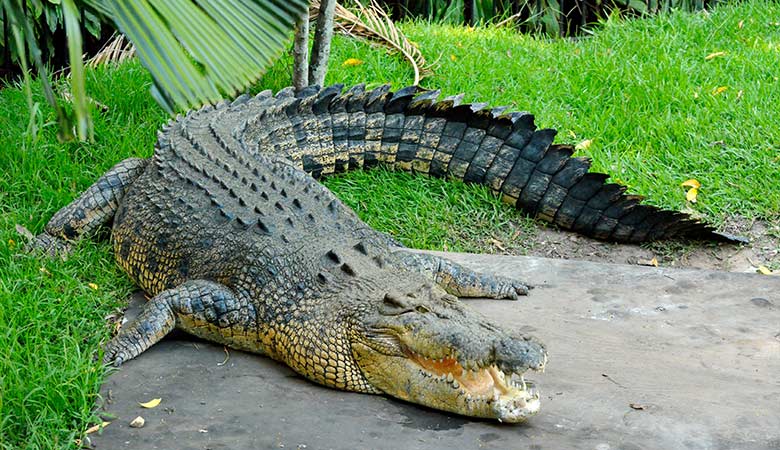
Saltwater crocodiles or Salties are the largest of all reptiles (23 feet long), and the most dangerous.
They have a unique valve that closes off their throat, enabling them to open their mouths while submerged without swallowing water. However, since the valve cannot remain closed while swallowing, Salties drag their prey to shore for consumption.
While the average male saltwater crocodile weighs around 1,000 pounds, they’ve been known to be as large as 2,200 pounds.
10. Giant Barrel Sponge
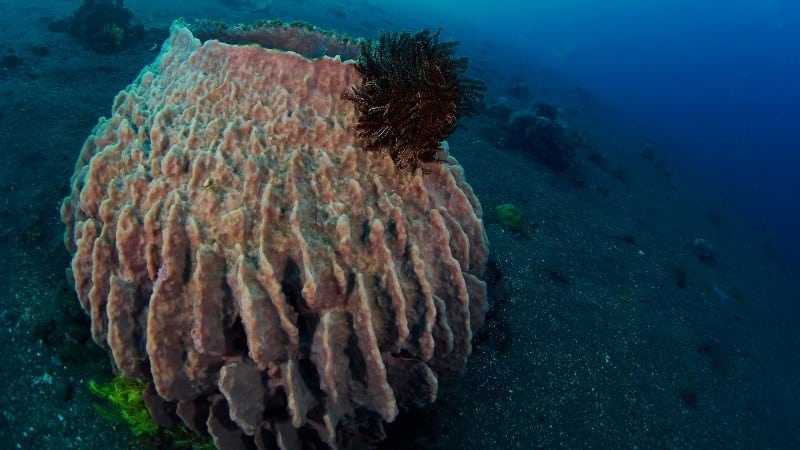
The giant barrel sponge is the largest species of sponge found in the Caribbean Sea, with structures that can reach six feet in diameter.
This organism has been nicknamed “The Redwood of the Reef,” not only for its impressive size, but also for its lifespan: giant barrel sponges have been found to be 2,000 years old, and can theoretically live for much longer.
11. Common Ostrich
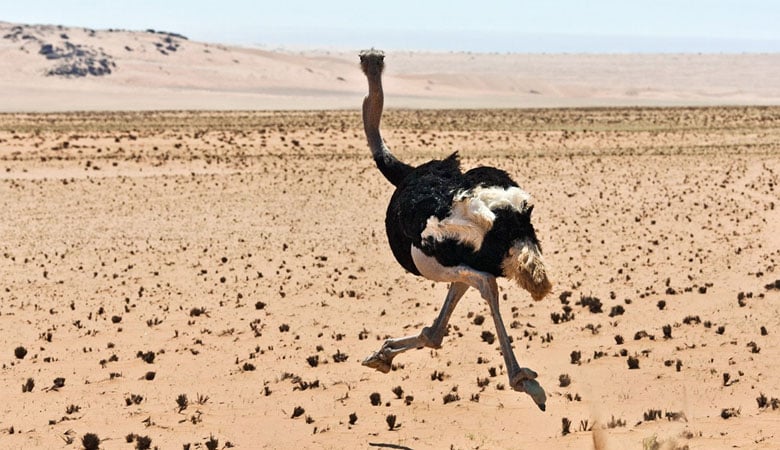
With males of the species reaching weights of approximately 330 pounds and towering at nine feet tall, the common ostrich is undoubtedly the largest of all birds.
Nearly half of this massive bird’s height is made up of its long neck, and its eggs average at six inches long and three pounds, making them the largest eggs in the world.
Ostriches have such long intestines that it takes 36 hours for food to pass through their digestive tracts!
12. Lion’s Mane Jellyfish

The lion’s mane jellyfish is the largest species of jellyfish on the earth. Its domed “bell,” the top part of its body, can reach up to eight feet in width, and its tentacular spread is projected to be around 246 feet across.
These far-reaching tentacles are equipped with stinging cells meant to paralyze prey, and severe stings from them can cause cardiac arrest in adult humans.
Fungus
13. Honey Fungus
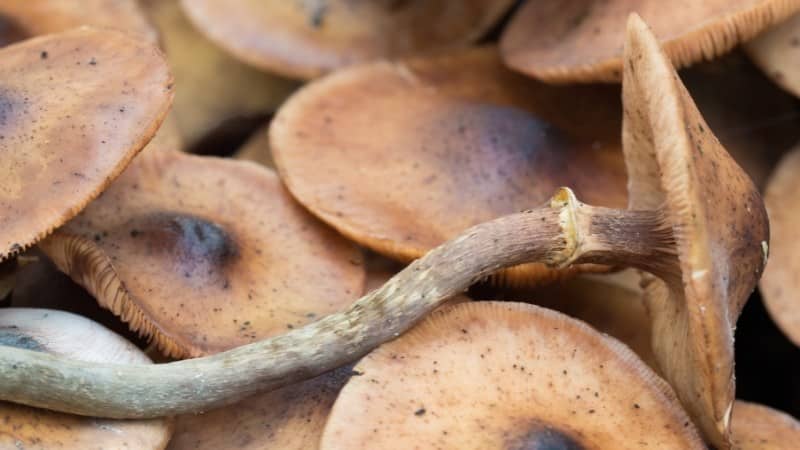
The Honey Fungus of the species Armillaria ostoyaeis is the most extensive organism on Earth. It covers 2,385 acres in the blue mountains in Oregon, and takes up an area as large as 1,665 entire football fields!
At the base of trees, bunches of honey mushrooms appear. They are the fruiting bodies produced by the fungus, which otherwise lives out of sight.





